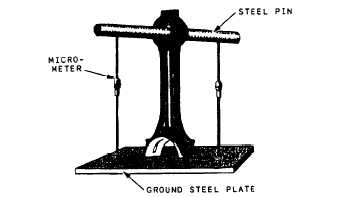Figure 3-28.—Checking the alignment of a connecting rod.
REPAIRING CRANKSHAFTS AND
JOURNAL BEARINGS
The repair of crankshafts and bearings varies
depending on the extent of damage. There is no doubt
about the necessity for replacing such items as broken
or bent crankshafts. Out-of-round journals may be
reground and undersize bearing shells may be installed,
but this requires personnel skilled in the use of precision
tools. If a new shaft is available, it should be installed
and the damaged shaft should be sent to a salvage
reclamation center. Under certain conditions, scored
crankshaft journals or damaged journal bearings may be
kept in service if proper repair is performed.
Repair of SCORED JOURNALS depends on the
extent of scoring. If a crankshaft has been overheated,
the effect of the original heat treatment will have been
destroyed. In this case, the crankshaft should be
replaced.
If journal scoring is only slight, you can use an
oilstone for dressing purposes if you take precautionary
measures with respect to abrasives during the procedure.
During the dressing operation, plug all oil passages
within the journal and those connecting the mainbearing
journal and the adjacent connecting rod journal.
In the dressing procedure, use a fine oilstone,
followed with crocus cloth, to polish the surface. After
dressing journals, always wash them with diesel oil.
This procedure must include washing the internal oil
passages as well as the outside journal surfaces. Some
passages are large enough to accommodate a cleaning
brush; smaller passages can be cleaned by blowing them
out with compressed air. Always dry the passages by
blowing compressed air through them.
NEVER STOW A CRANKSHAFT OR BEARING
PART ON ANY METAL SURFACE. When you remove
a shaft from an engine, place it on a wooden plank with
Figure 3-29.—Using a strain or deflection gauge between crank
webs.
all journal surfaces protected. If the shaft is to be
exposed for some time, protect each journal surface with
a coating of heavy grease. Always place bearings on
wooden boards or clean cloths.
CRANKSHAFT overhaul consists of an inspection,
servicing for scoring and wear, and a determination of
each crank web deflection. Take crank web deflection
readings according to the Planned Maintenance System
(PMS).
A strain gauge, often called a crank web deflection
indicator, is used to take deflection readings. The gauge
is merely a dial-reading inside micrometer used to
measure the variation in the distance between adjacent
crank webs as the engine shaft is barred over. Figure
3-29 shows a strain gauge between crank webs.
When you install the gauge, or indicator, between
the webs of a crank throw, be sure to place the gauge as
far as possible from the axis of the connecting rod
journal. Rest the ends of the indicator in prick-punch
marks in the crank webs. If these marks are not present,
make them so that the indicator can be placed in its
correct position. Consult the manufacturer’s technical
manual for the proper location of new marks.
Readings are generally taken at the four crank
positions: top dead center, inboard, near or at bottom
dead center, and outboard. In some engines, it is possible
to take readings at bottom dead center. In others, the
connecting rod may interfere, making it necessary to
take the reading as near as possible to bottom dead
center without having the gauge come in contact with
the connecting rod. When the gauge is in its lowest
3-19



